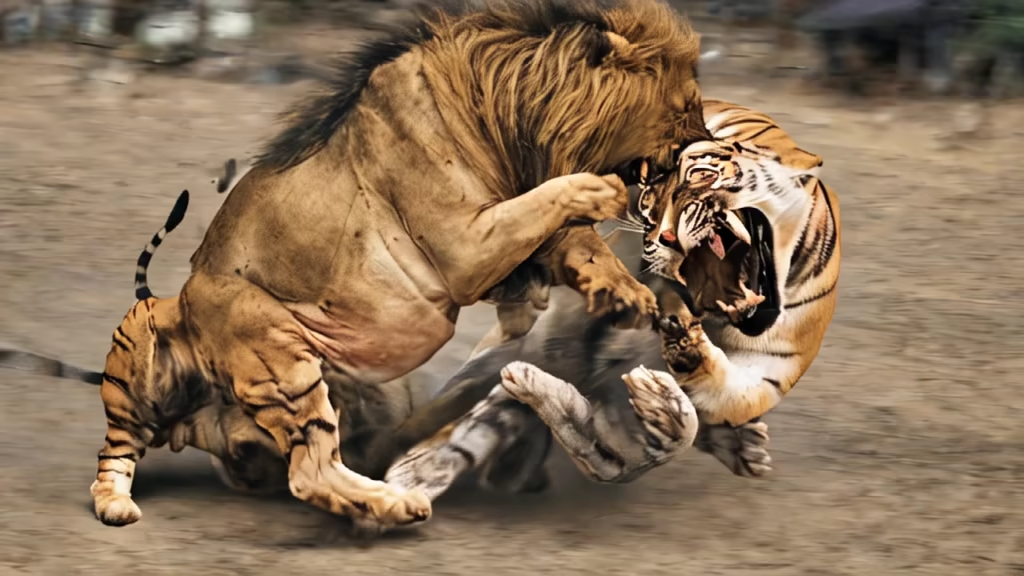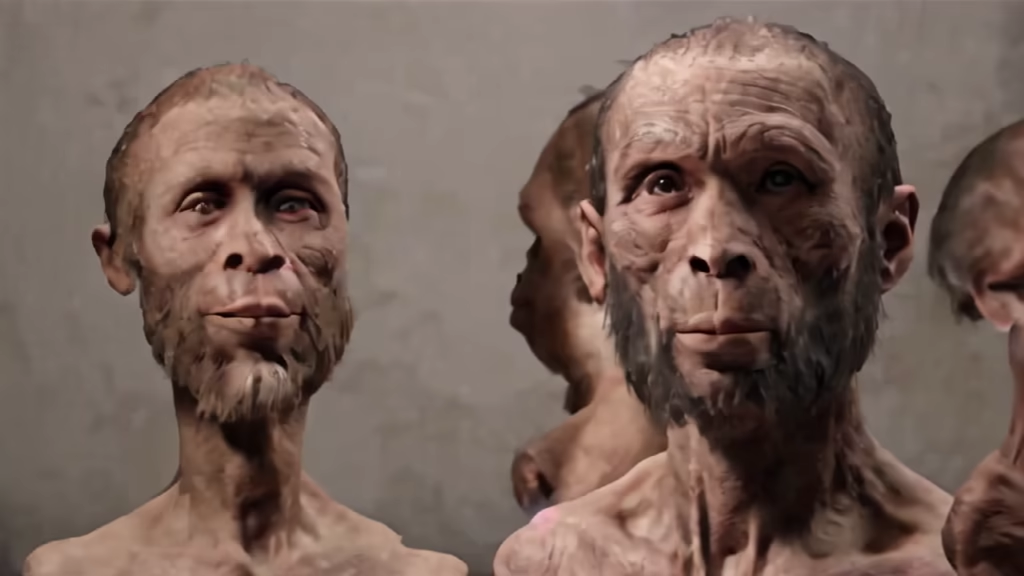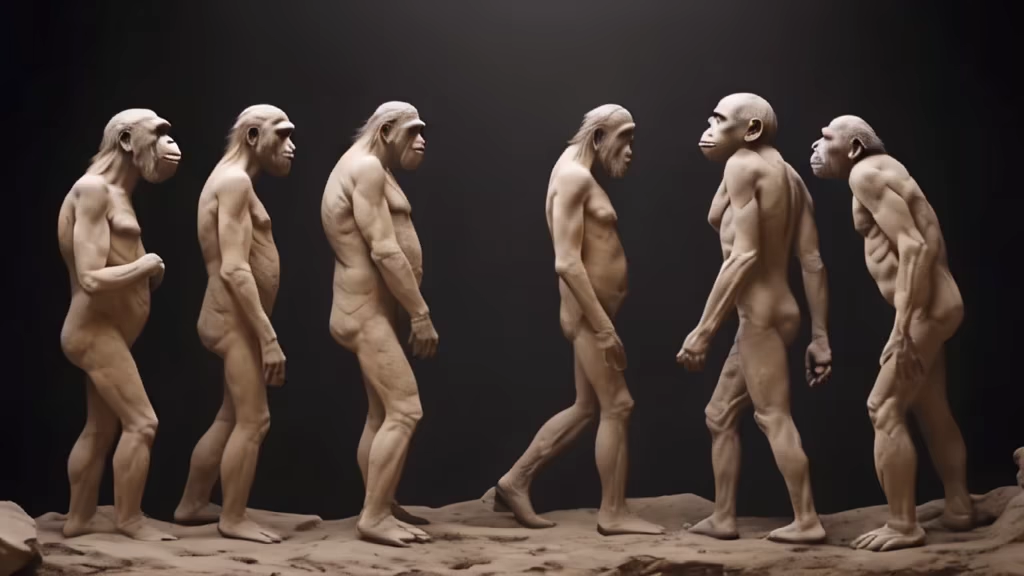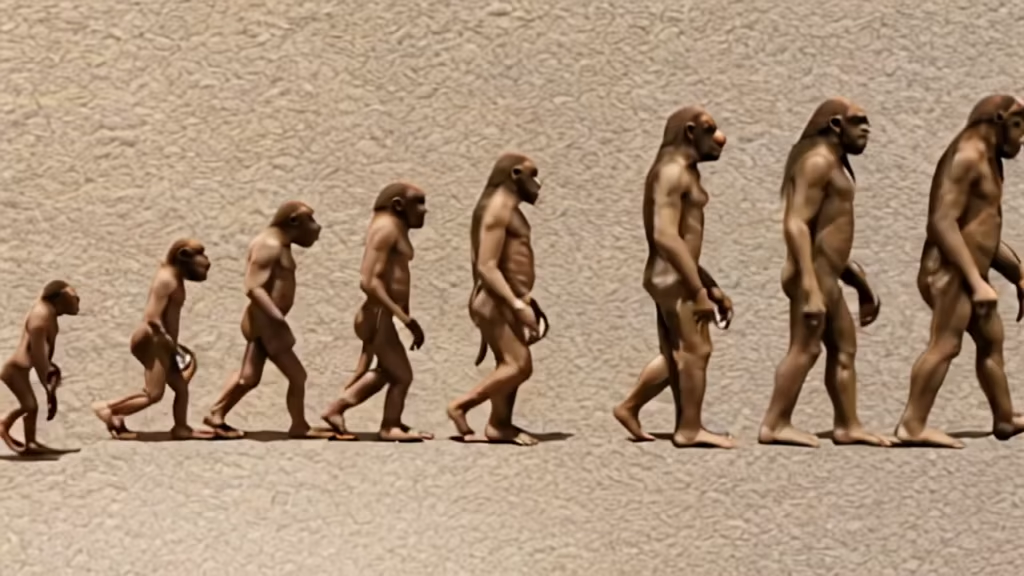Prompt: image of Zee Achilles Beyblade captures the essence of power and strength. The Beyblade a sturdy metal core with a striking red and black color scheme, giving it a fierce and intimidating appearance. Its design incorporates sharp edges and intricate details, symbolizing its agility and determination. The image showcases Zee Achilles in action, with its rotating top section unleashing a whirlwind of energy and fury. The Beyblade's performance tip creates a dynamic effect, leaving a trail of sparks as it spins rapidly. The depiction demonstrates the Beyblade's ability to tirelessly battle opponents with unparalleled speed and ferocity. Zee Achilles exudes confidence and fearlessness, evident from its intense expression and bold stance. The image captures the intensity of the battle, with Zee Achilles engaging in a clash with another Beyblade, showcasing the essence of Beyblade battles – a contest of skill, strategy, and sheer power. Overall, the image of Zee Achilles Beyblade conveys a captivating portrayal of a fearless and formidable Beyblade, ready to dominate the arena and conquer its opponents.


Prompt: photograph of Zee Achilles showcases a magnificent, agile, and powerful creature. The image captures the essence of a regal being with its imposing presence and excellent physique. Zee Achilles stands tall on four strong, muscular legs, emphasizing its remarkable strength. The equine form is adorned with a striking coat that blends rich shades of ebony and charcoal, catching the light to reveal undertones of deep mahogany. The horse's mane flows gracefully, intricately braided with vibrant ribbons of scarlet and gold, further enhancing its captivating image. Zee Achilles possesses a chiseled and noble face, featuring expressive, intelligent eyes that exude both curiosity and confidence. Its ears are perked forward, suggesting an alert and attentive nature. The image captures a moment of movement, as Zee Achilles is depicted in mid-stride, with all its energy and grace on display. The muscles in its powerful hindquarters ripple with every step, propelling the horse forward with an effortless elegance. The hooves are captured mid-air, showcasing the creature's athleticism and agility. The background of the photograph highlights a scenic landscape, perhaps a lush meadow or a picturesque countryside. This setting adds to the overall enchantment of the image, creating a sense of freedom and natural beauty. In summary, the image of Zee Achilles portrays an awe-inspiring creature – a majestic powerhouse with an air of grace and power.


Prompt: evolution from chimpanzee can be understood by examining the shared ancestry and the subsequent development of distinct traits that have culminated in the modern human species. Around 6-7 million years ago, humans and chimpanzees shared a common ancestor. This common ancestor likely resembled a chimp-like creature with some human-like traits. Over time, due to various environmental and genetic factors, including adaptations to new habitats and changing climates, the species diverged. One of the most notable differences between humans and chimpanzees is bipedalism or walking on two legs. The ability to walk upright is a defining characteristic of the human species and allowed our early ancestors to efficiently navigate the African savannah. This adaptation freed up the hands for other activities like tool use and eventually enabled the development of our sophisticated manual dexterity. Another significant evolution occurred in the brain. Human brains are much larger, relative to body size, compared to chimps. This increased brain size is associated with the development of higher cognitive functions, such as language, complex problem-solving, and rational thinking. The expansion of the brain also coincided with the development of more complex social structures and cultural advancements. Further differences can be observed in physical features such as the structure of the pelvis, limb proportions, and vocal apparatus. The human pelvis is wider and more bowl-shaped, facilitating bipedal locomotion and childbirth. Humans have longer legs relative to arm length compared to chimpanzees, which aids in efficient walking and running. The structure of the vocal apparatus in humans allows for a wide range of speech sounds, enabling complex language and communication. Although humans and chimpanzees have many shared genetic similarities, there have been numerous genetic changes over millions of years to produce the distinct traits observed in humans today. These changes can be attributed to a combination of natural selection, genetic mutations, and environmental pressures. In summary, human evolution from chimpanzee involved key developments such as bipedalism, larger brains, enhanced cognitive abilities, changes in physical features, and the development of complex language and culture. These evolutionary changes have led to the emergence of Homo sapiens as a distinct species, with unique characteristics that separate us from our ape relatives.
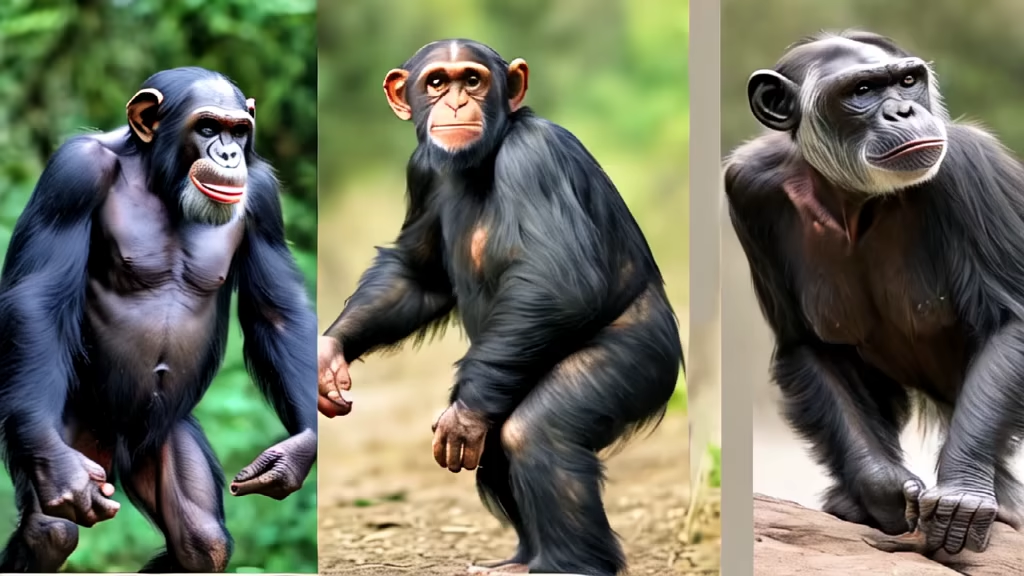
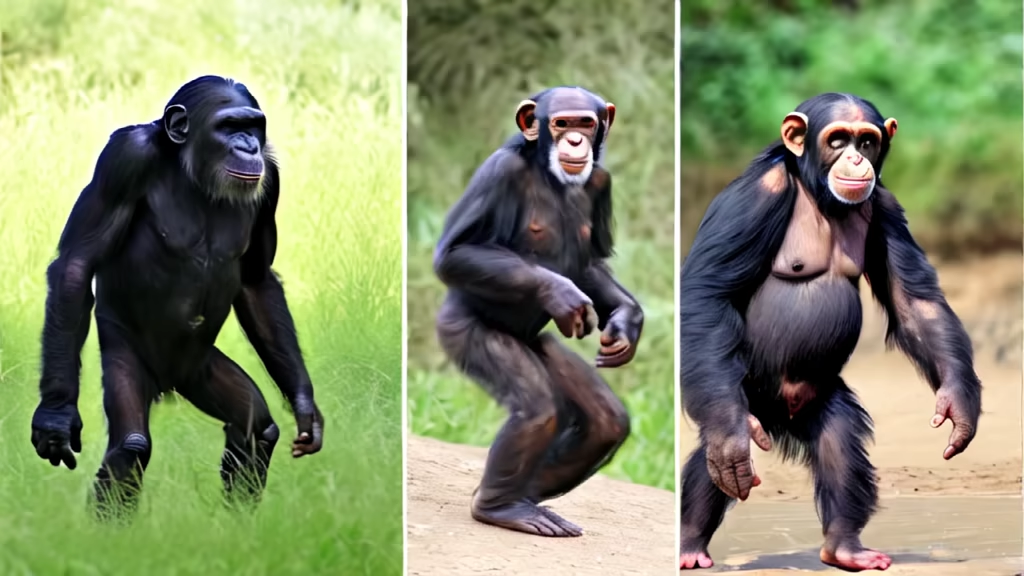



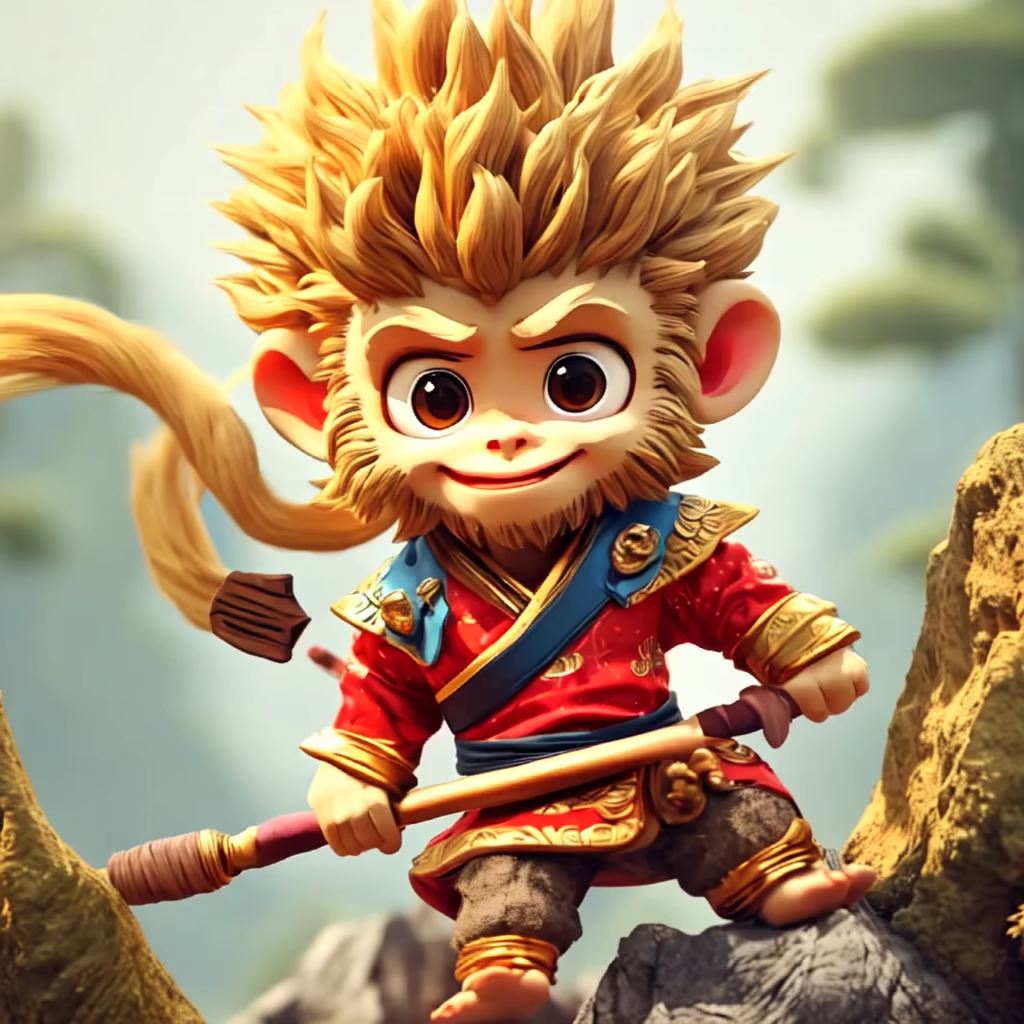


Prompt: evolution from chimpanzee can be understood by examining the shared ancestry and the subsequent development of distinct traits that have culminated in the modern human species. Around 6-7 million years ago, humans and chimpanzees shared a common ancestor. This common ancestor likely resembled a chimp-like creature with some human-like traits. Over time, due to various environmental and genetic factors, including adaptations to new habitats and changing climates, the species diverged. One of the most notable differences between humans and chimpanzees is bipedalism or walking on two legs. The ability to walk upright is a defining characteristic of the human species and allowed our early ancestors to efficiently navigate the African savannah. This adaptation freed up the hands for other activities like tool use and eventually enabled the development of our sophisticated manual dexterity. Another significant evolution occurred in the brain. Human brains are much larger, relative to body size, compared to chimps. This increased brain size is associated with the development of higher cognitive functions, such as language, complex problem-solving, and rational thinking. The expansion of the brain also coincided with the development of more complex social structures and cultural advancements. Further differences can be observed in physical features such as the structure of the pelvis, limb proportions, and vocal apparatus. The human pelvis is wider and more bowl-shaped, facilitating bipedal locomotion and childbirth. Humans have longer legs relative to arm length compared to chimpanzees, which aids in efficient walking and running. The structure of the vocal apparatus in humans allows for a wide range of speech sounds, enabling complex language and communication. Although humans and chimpanzees have many shared genetic similarities, there have been numerous genetic changes over millions of years to produce the distinct traits observed in humans today. These changes can be attributed to a combination of natural selection, genetic mutations, and environmental pressures. In summary, human evolution from chimpanzee involved key developments such as bipedalism, larger brains, enhanced cognitive abilities, changes in physical features, and the development of complex language and culture. These evolutionary changes have led to the emergence of Homo sapiens as a distinct species, with unique characteristics that separate us from our ape relatives.










